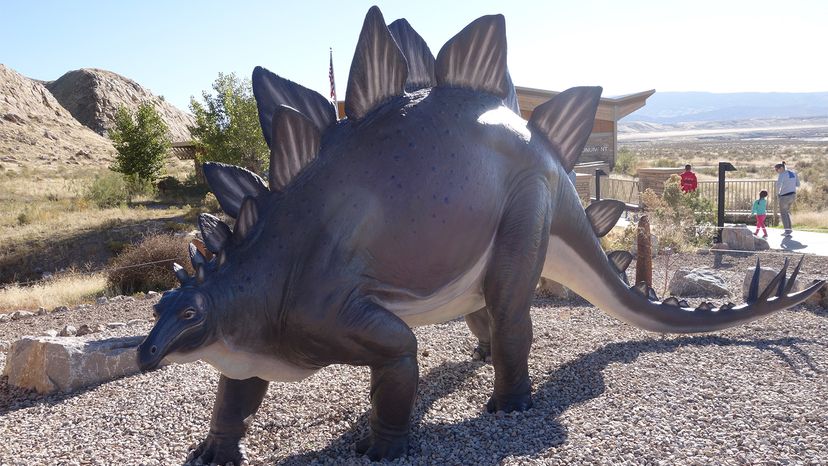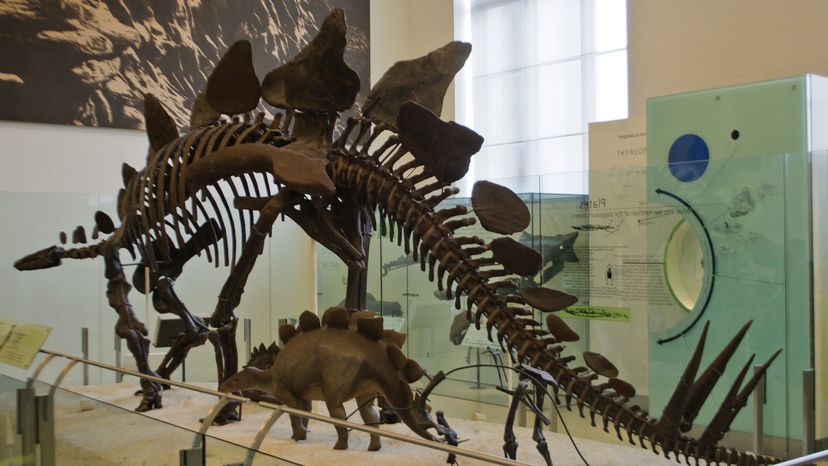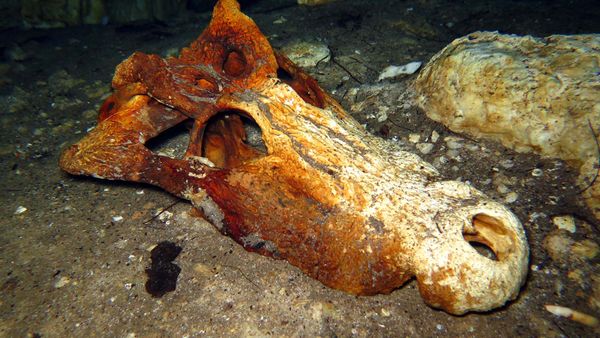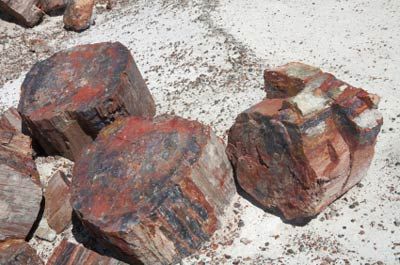
Key Takeaways
- Stegosaurus lived during the Late Jurassic period, around 155 to 150 million years ago, long before the Tyrannosaurus rex.
- Known for its distinctive plates and tail spikes, Stegosaurus primarily roamed what is now North America, with some fossils found in Portugal.
- Despite its massive body, Stegosaurus had a relatively small brain, roughly the size of a walnut.
Words can become fossils in their own right. Triceratops means "three-horned face" and Velociraptor translates to "speedy plunderer." Both genus names fit the dinosaurs they belong to; we know Triceratops had a trio of horns on its skull while Velociraptor was a lightly-built carnivore.
The case of Stegosaurus isn't so straightforward. Rooted in Greek, this Jurassic plant-gobbler's name means "roofed lizard," which made a lot more sense when the animal was first discovered over 140 years ago.
Advertisement
Advertisement


